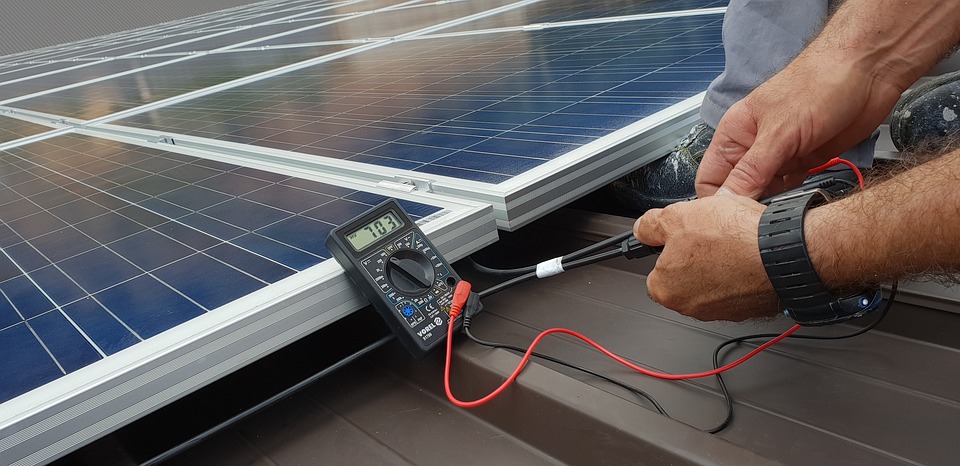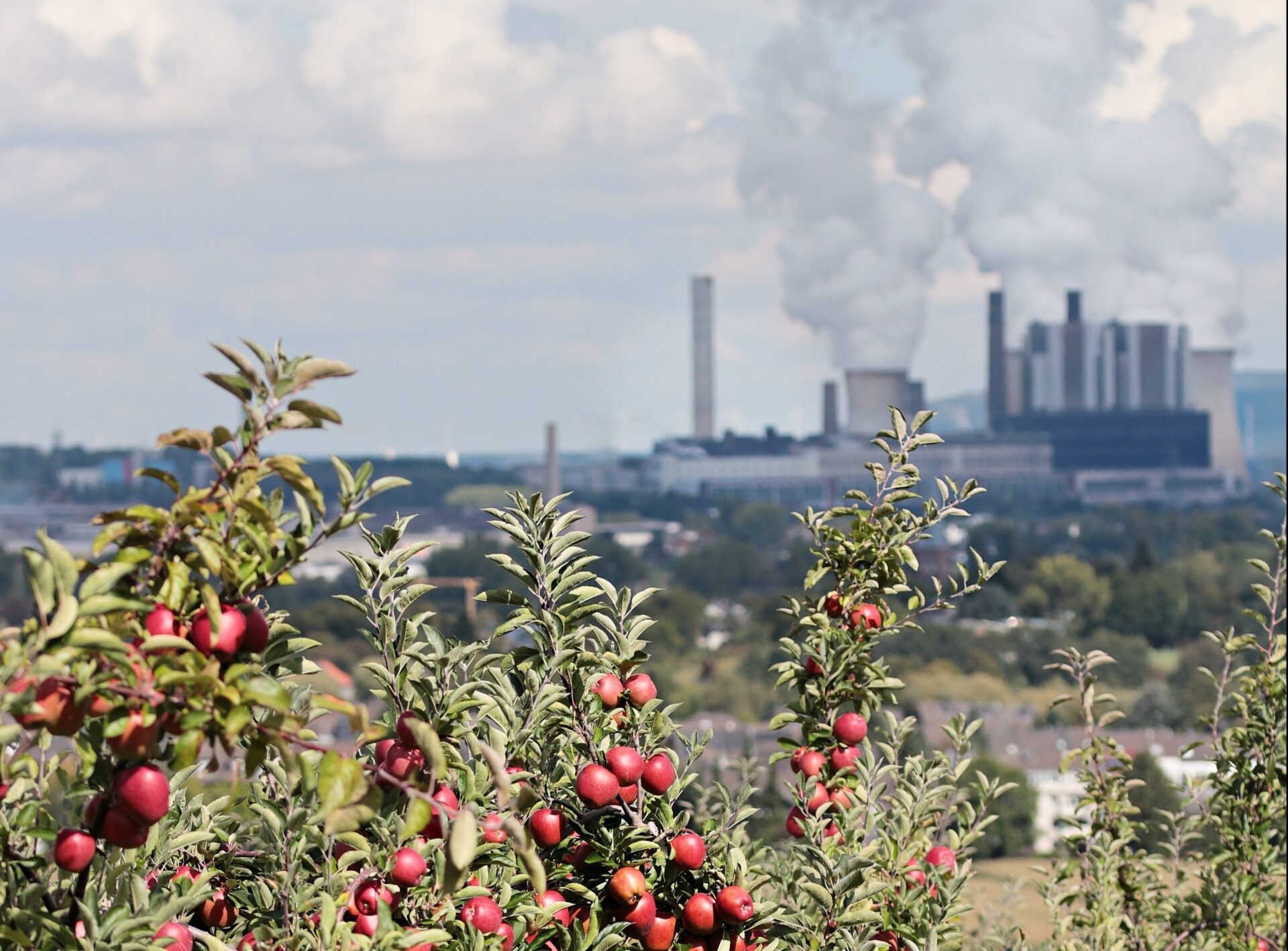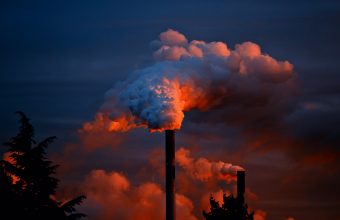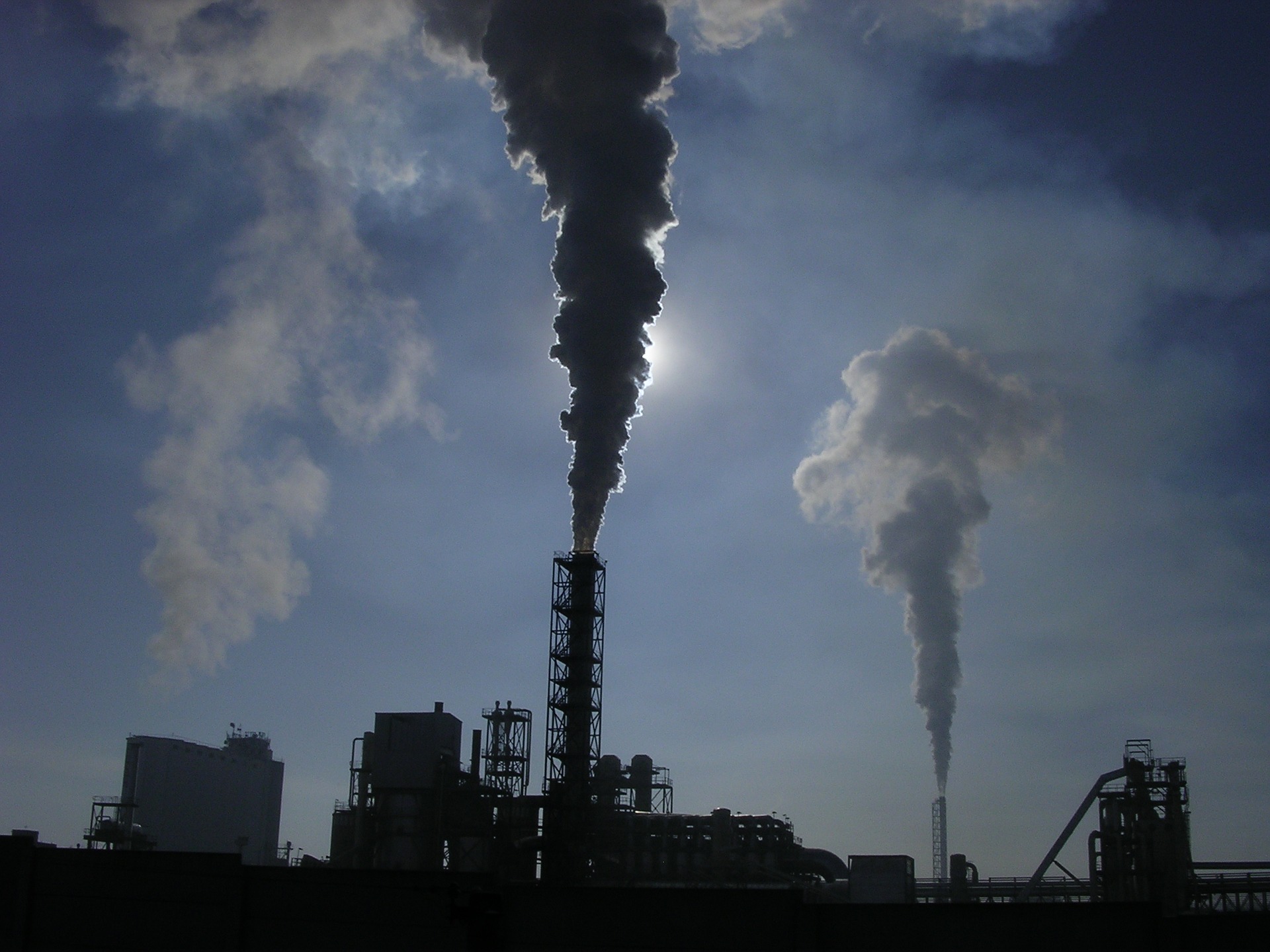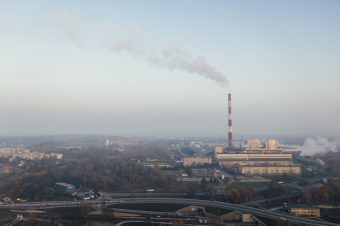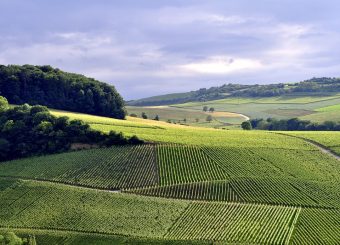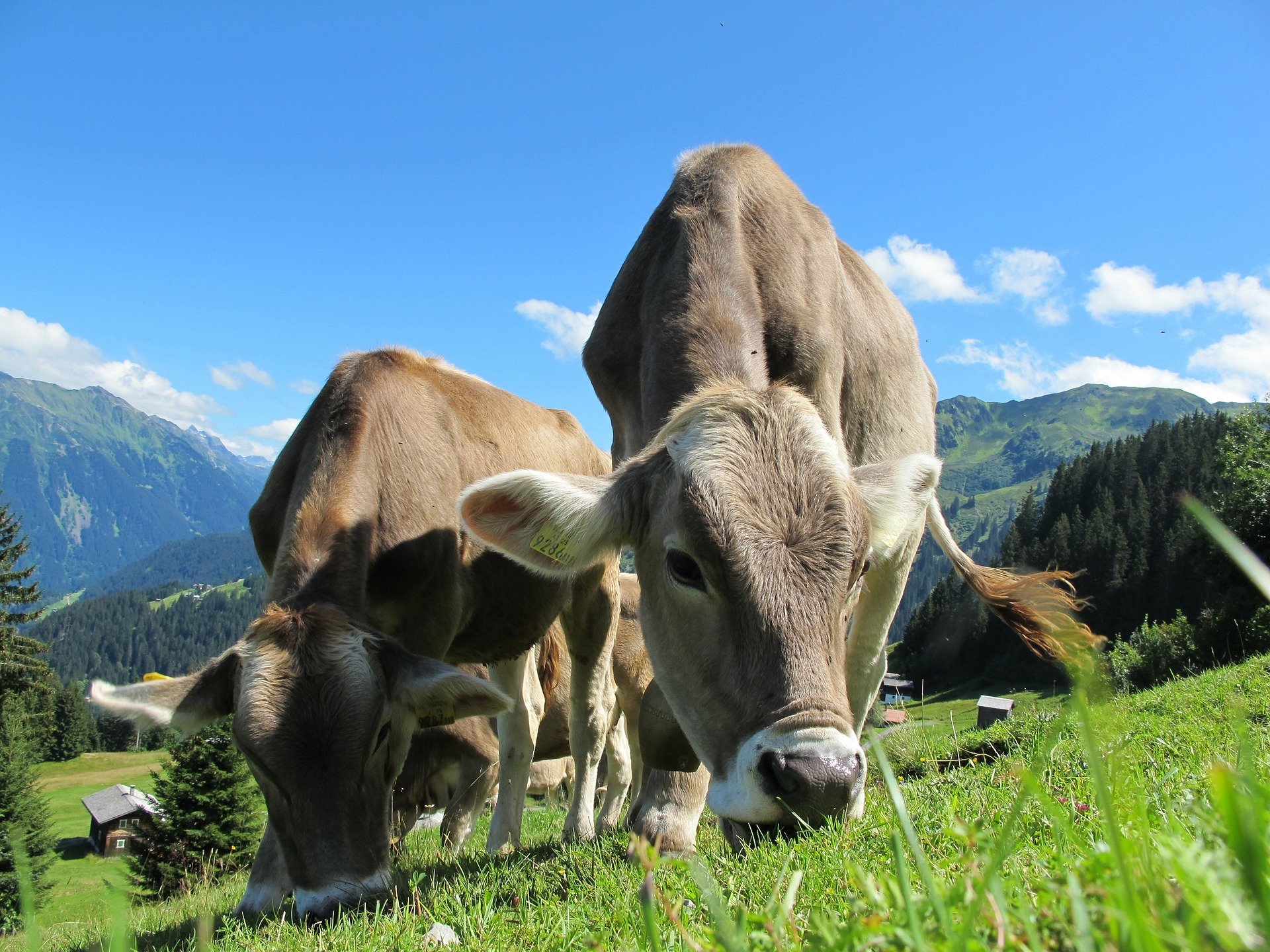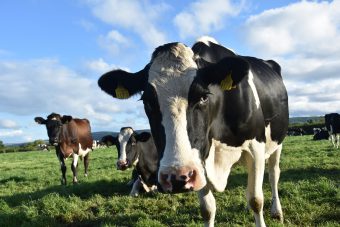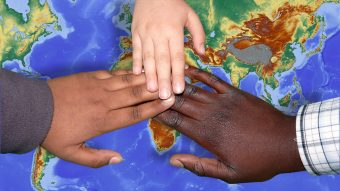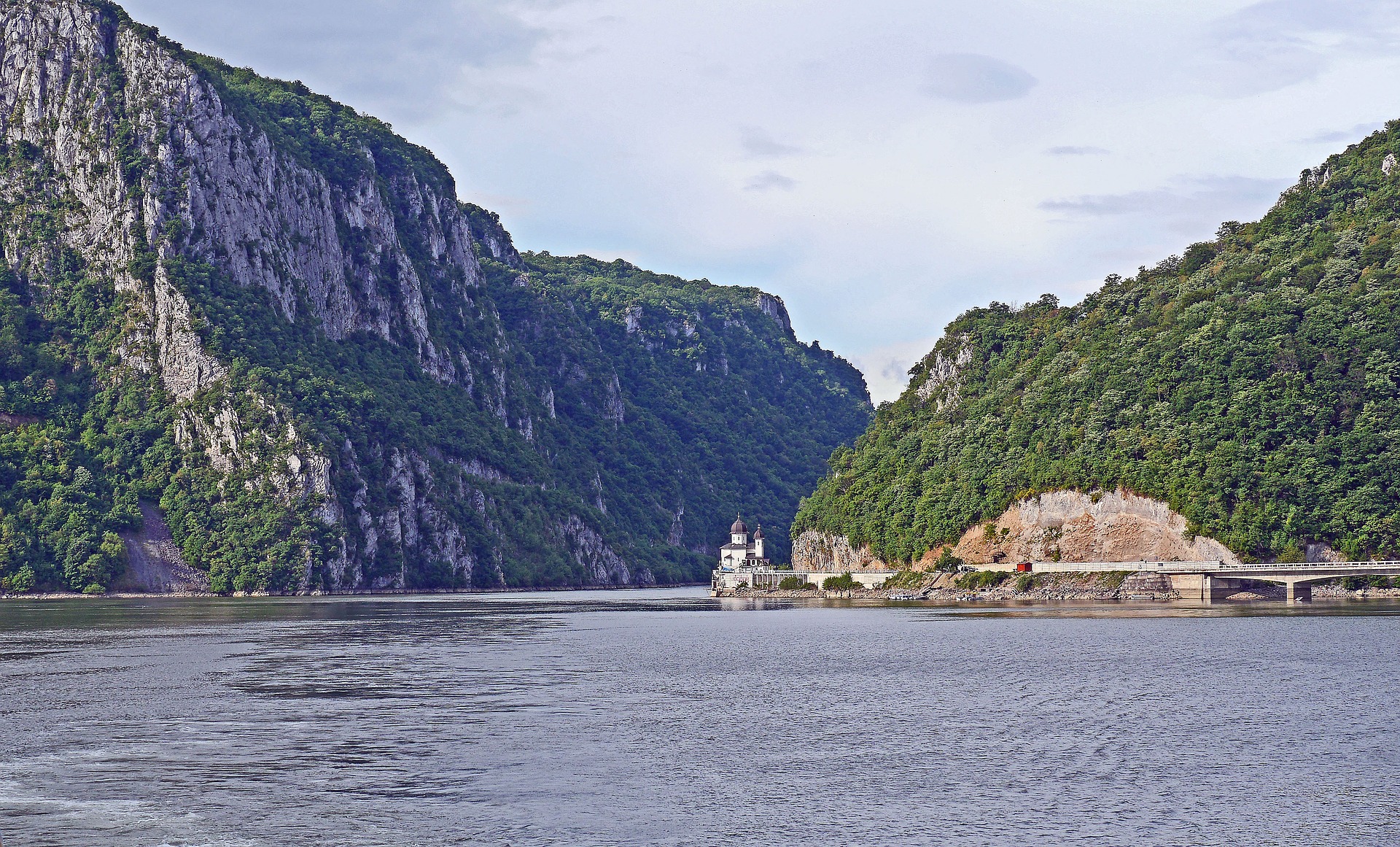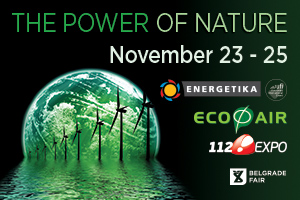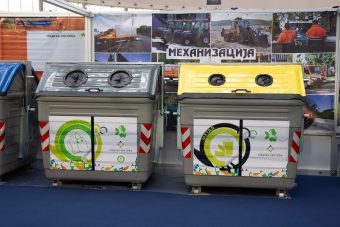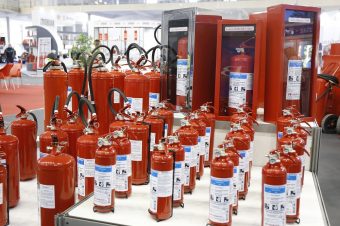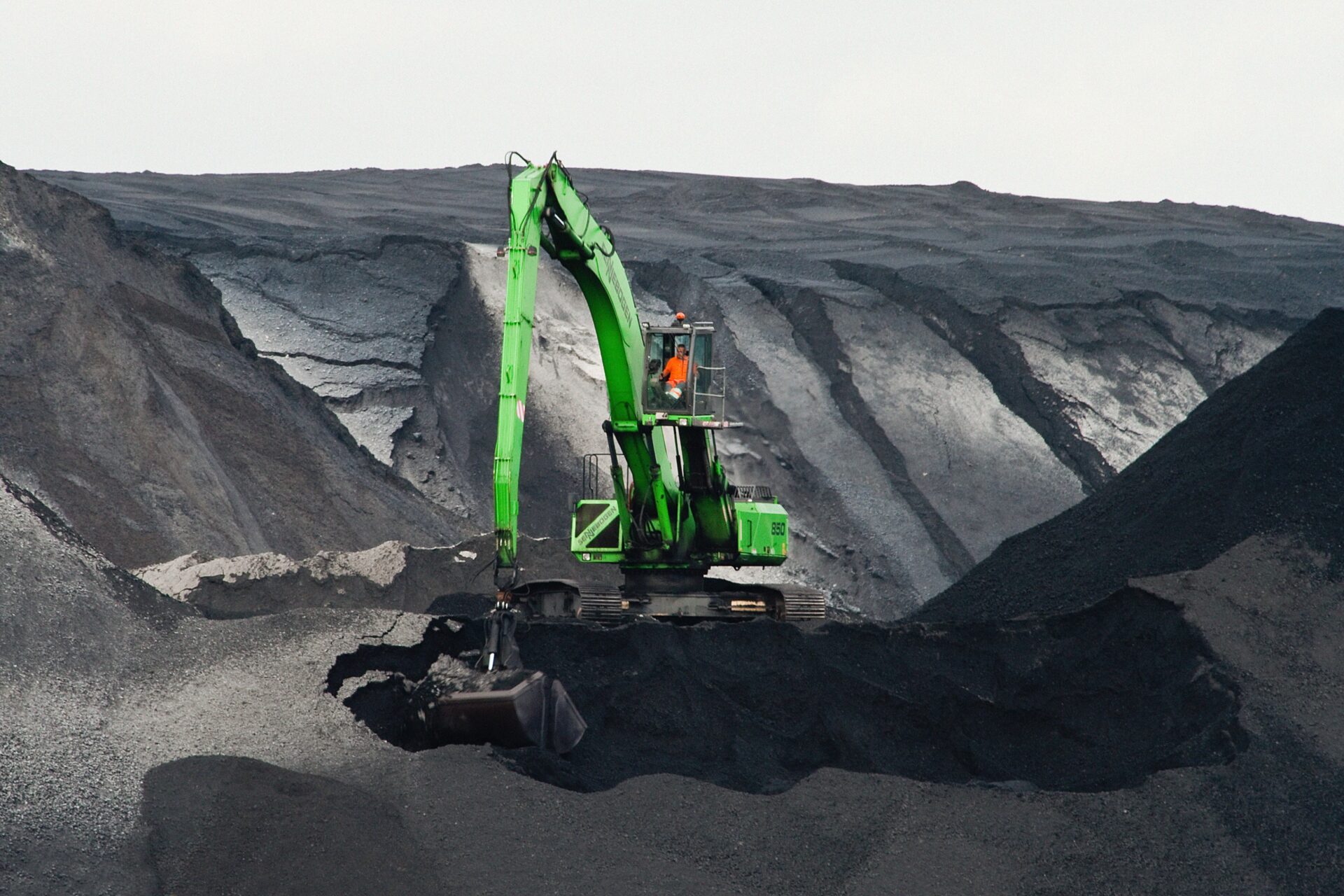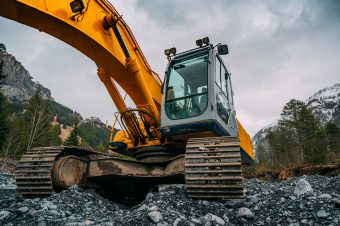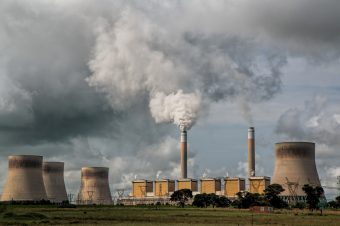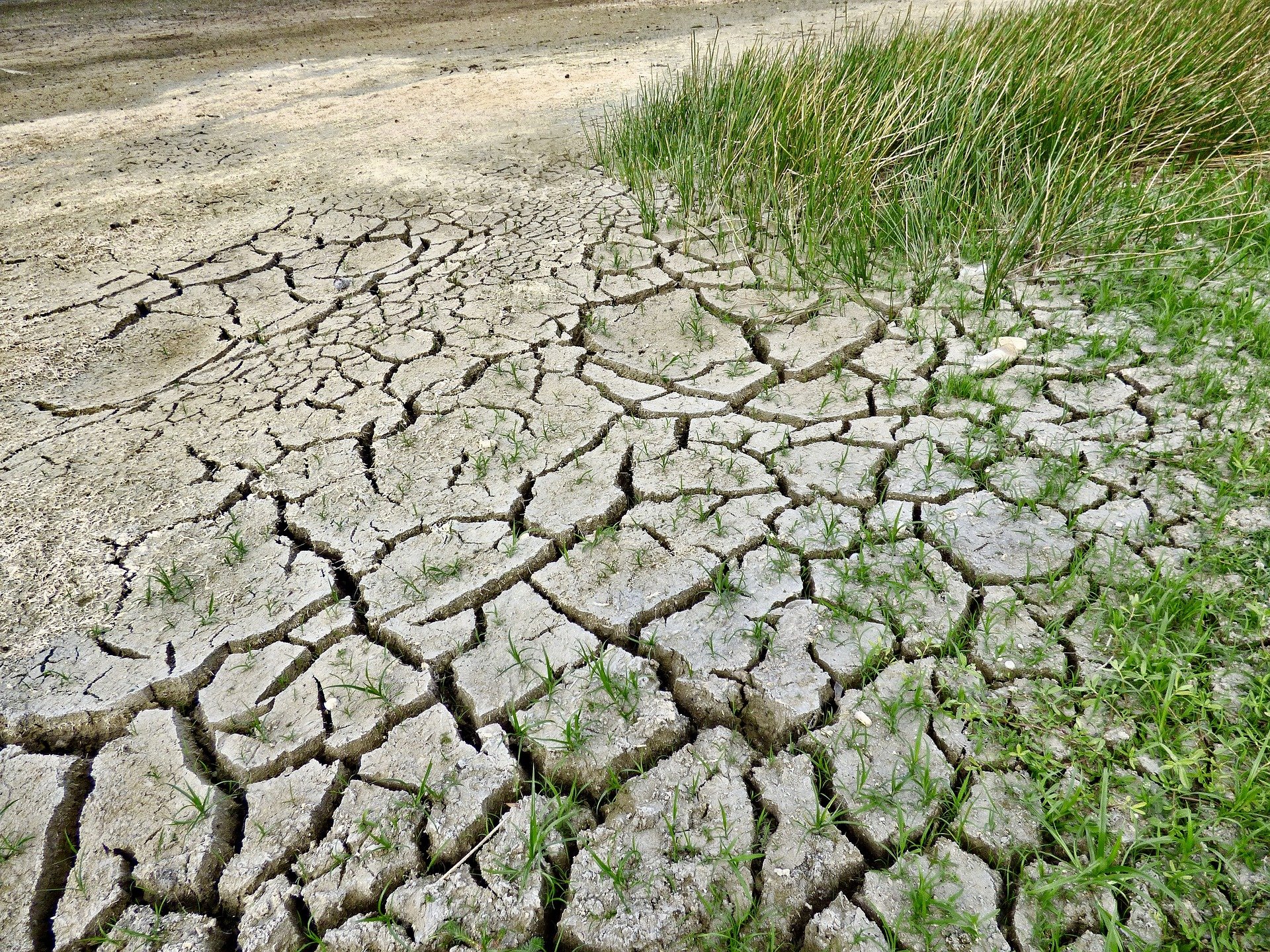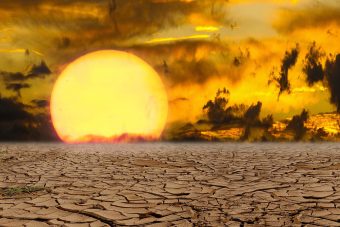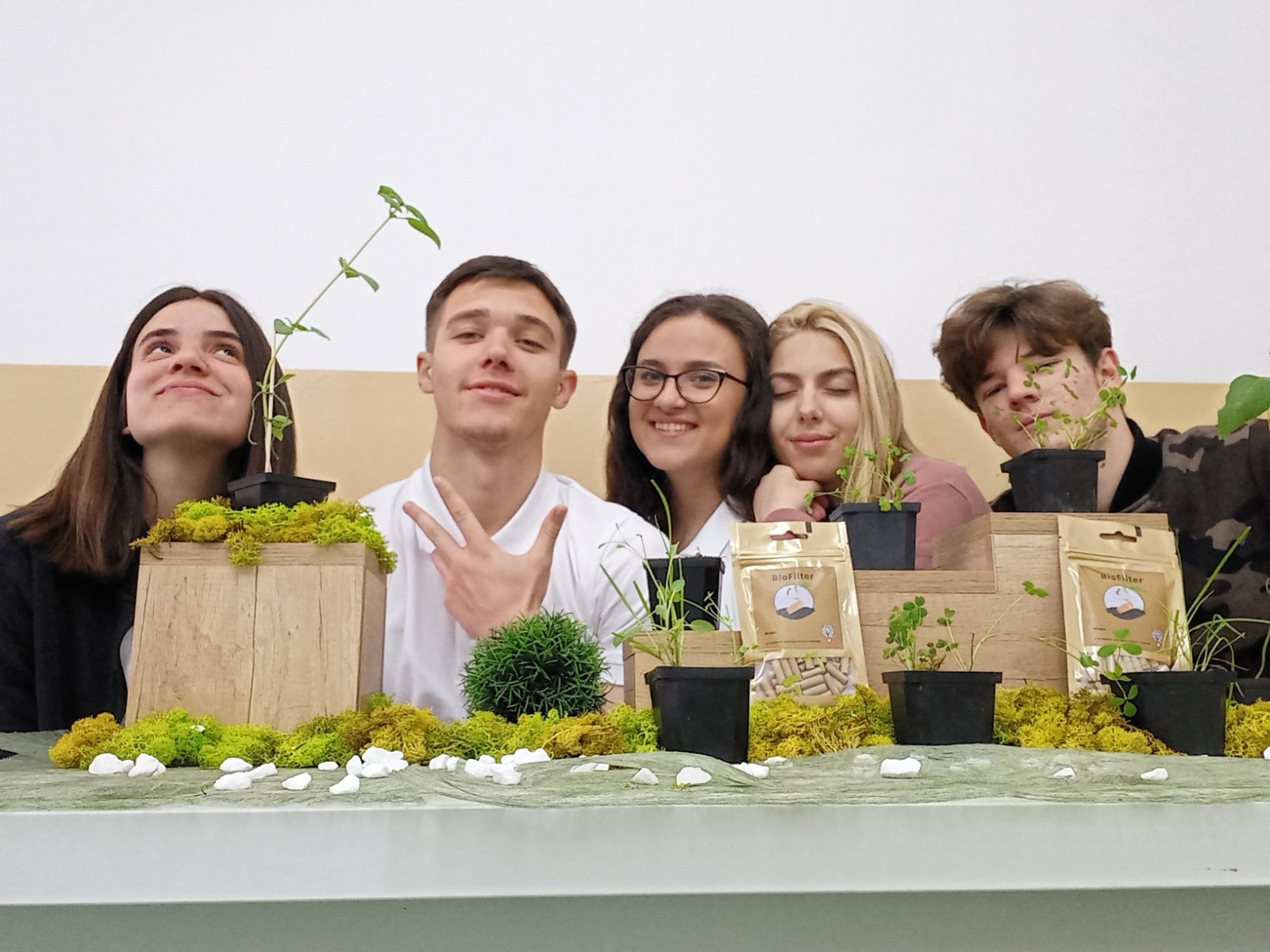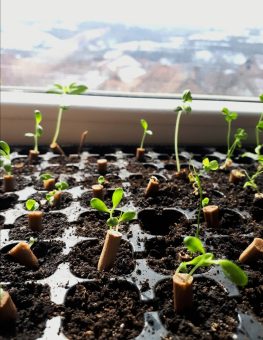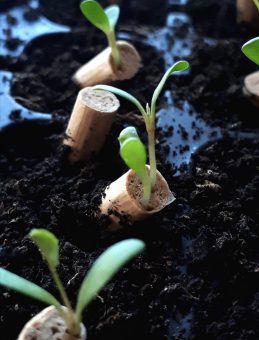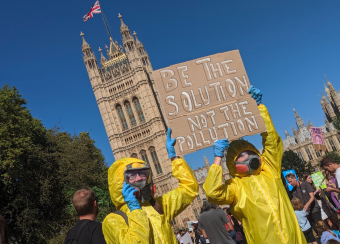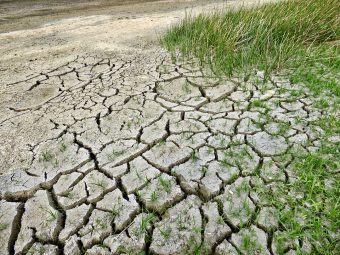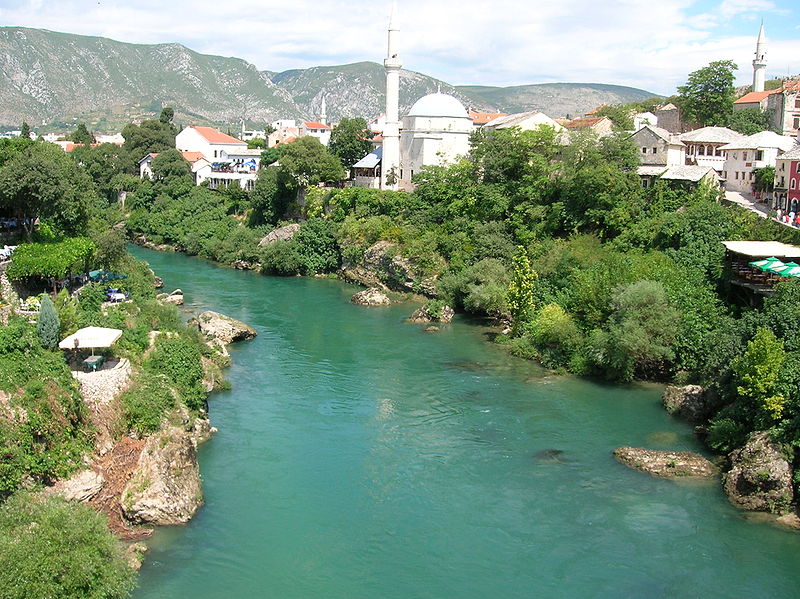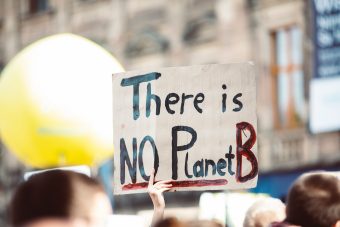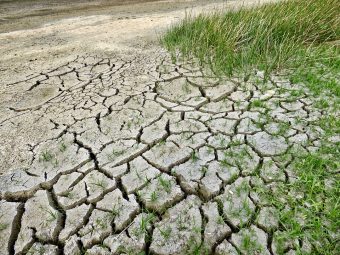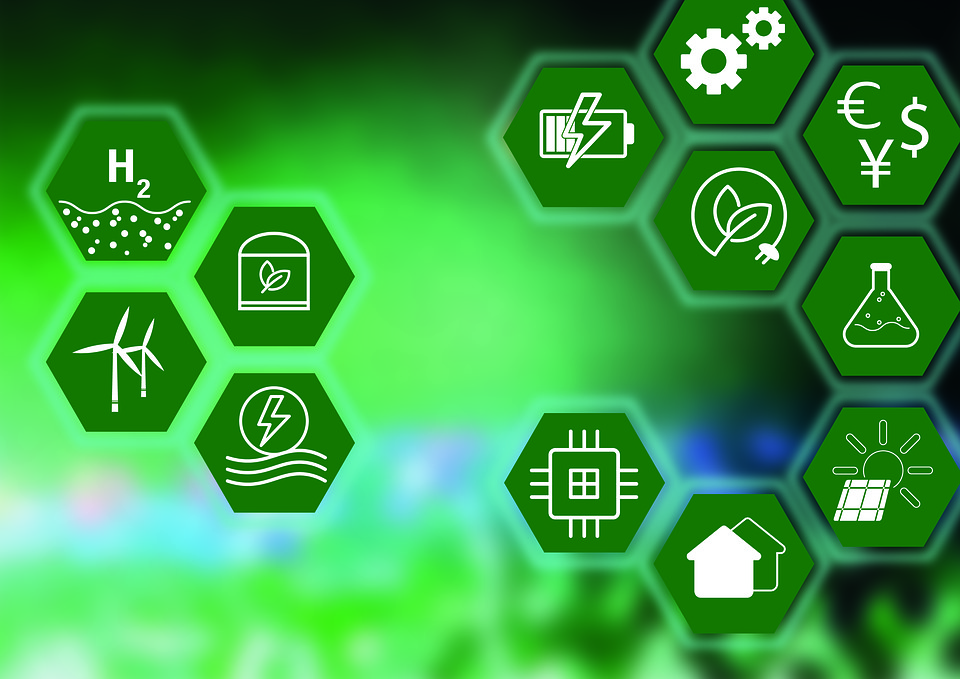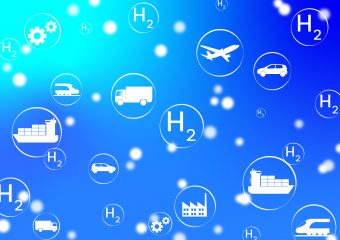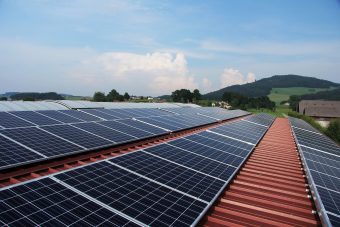
More than 500 companies from Serbia and the region have made an unerring choice by entrusting the experts of the Center for Energy Efficiency and Sustainable Development (CEEFOR) with a task to design their solar power plants whose total capacity, at the moment, amounts to 40 MW.
If you think solar panels might be the perfect match for the roofs of your houses and facilities, now is the best moment to make those ideas true, as the procedure for installing solar panels has never been easier.
The once tedious process with a lot of paperwork today will take you only four steps. Apart from the permission of the local authority, you won’t need to get any other permit, including the building permit. It is stipulated in the new Law on renewable energy sources that from the moment of decision to build a solar power plant to agreement signature, it doesn’t take longer than two or three months.
With favorable Laws and a well-coordinated team of the CEEFOR company, anyone can become a pioneer of energy transition in Serbia and be among the first to enjoy all the benefits of renewable energy sources.
In focus:
The good calculation for lower electricity bill
An average household can satisfy their energy needs with a solar power plant with 10 kWp of projected output power. However, it will be ideal for smaller enterprises or somewhat bigger farms to have a solar power plant with 50 kWp power.
For those to whom 50 kWp sounds like a perfect number, CEEFOR suggests installing 148 solar panels with individual power of 370 Wp, distributed on a surface covering 273.8 m². This power plant would have an installed capacity of 54.76 kWp DC, and energy losses would be minimized thanks to innovative inverters under the Fronius brand name.
If you plan to put panels on a pitched roof, there is no better solution than inverters Fronius Symo with MPP trackers, and for a power plant of 50 kWp, you will need three inverters of the kind.
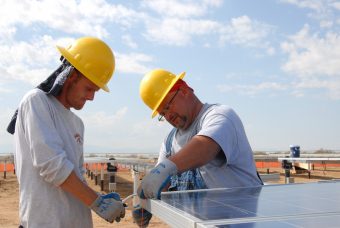
If you decide to install a solar power plant with a 50 kWh capacity, you will be glad to know that your contribution to the reduction of CO2 emissions is 51.54 tonnes a year.
So far, we have talked about solar panels and inverters as constituents of solar power plants. But what about batteries?
For those who want an off-grid system, the battery is an essential element, even though we need to say that it is a costly part of the equipment, which might be redundant if we consider all the benefits of an on-grid system.
You can’t make mistakes with an on-grid system
Our country is going the right way for green energy popularization, and that is what the new Law on renewable energy sources testifies. This Law introduces the possibility of net metering and the concept of prosumer too.
The newly introduced category of prosumer gives us an opportunity to become a buyer and producer of electricity so that all surplus of generated electricity we give into the grid. As for net metering, the owners of solar power plants will sell a surplus of energy according to feed-in tariffs.
Then, in the winter, and whenever it is needed, they could reduce their electricity bills. Apart from that, preparations for introducing the auction systems are underway and should enter into force by the end of 2021.
Prepared by: Milena Maglovski
Read the story in the new issue of the Energy portal Magazine WATER RESOURCES.

